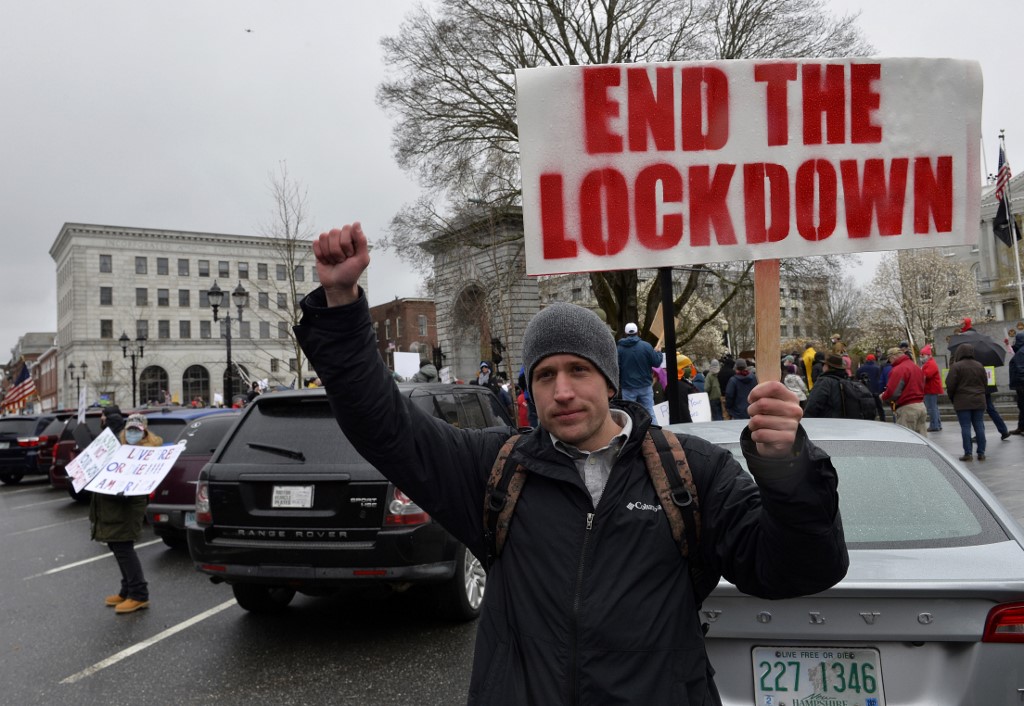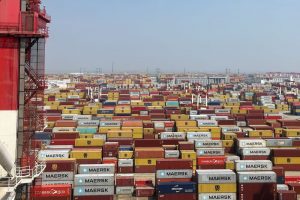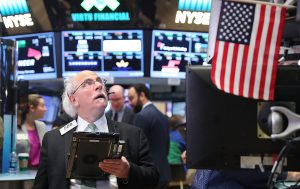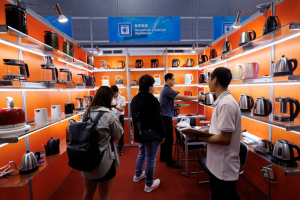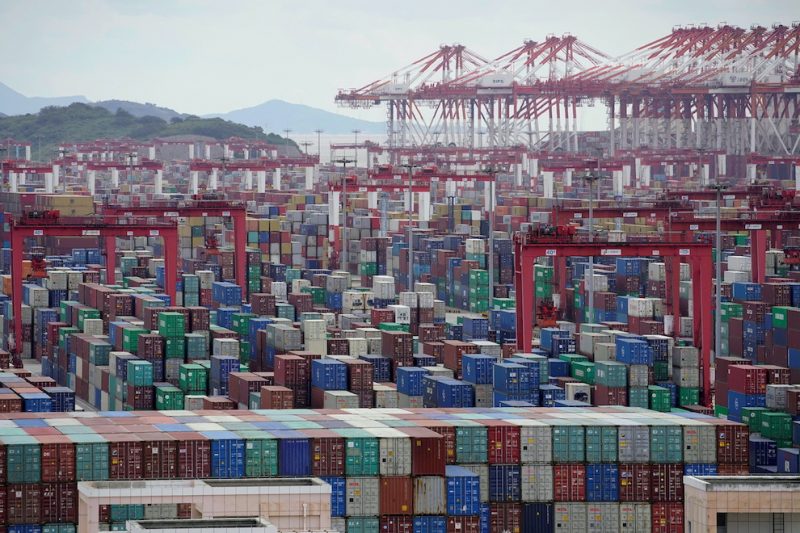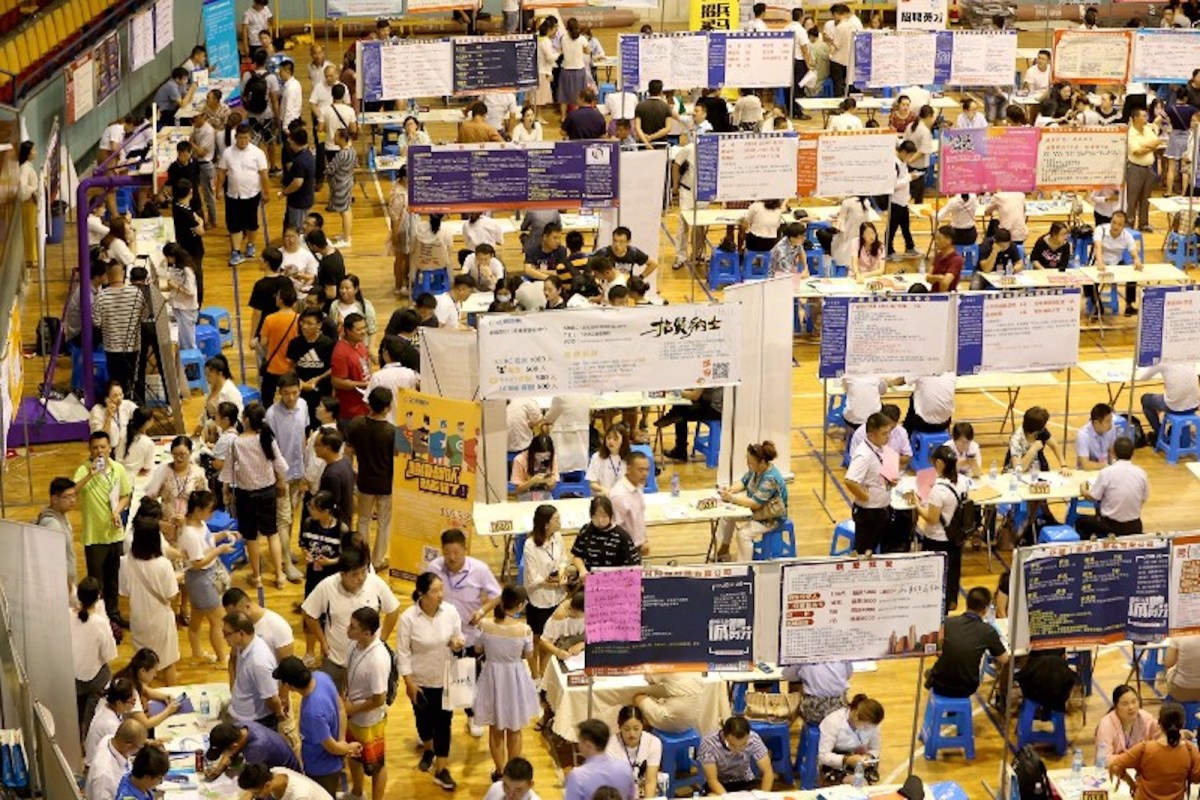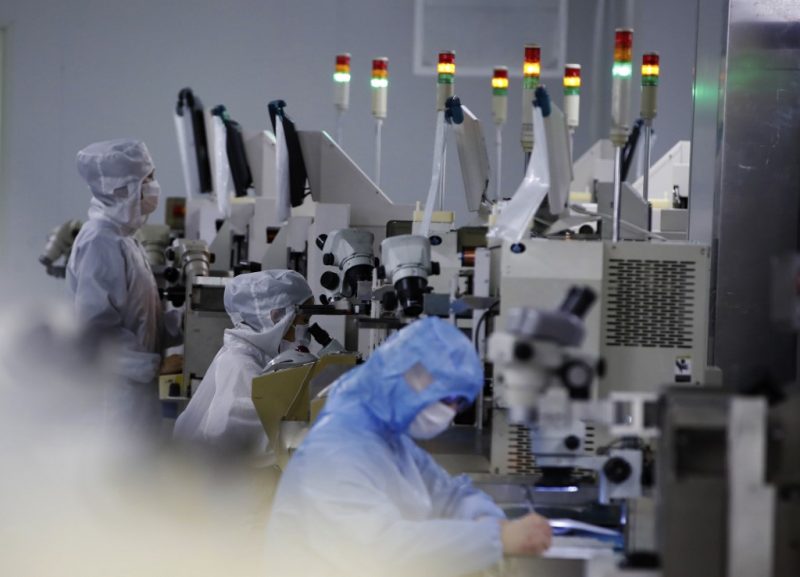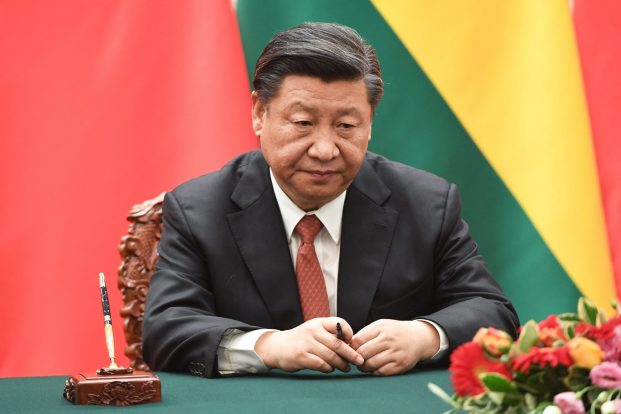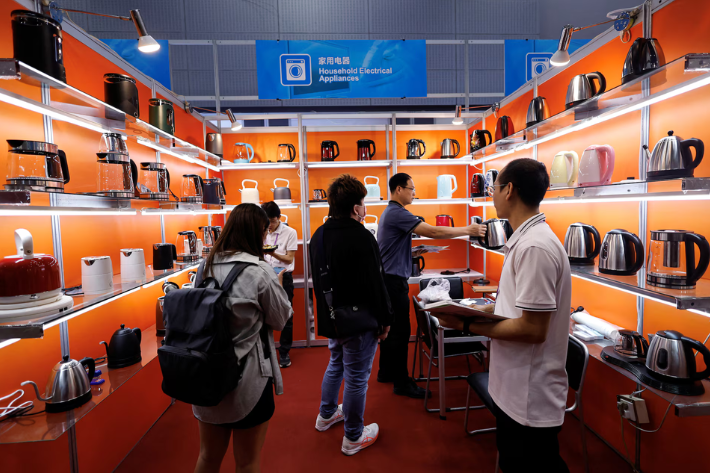Larger companies have generally survived the initial blow from the coronavirus crisis, but still face existential challenges to get through what will probably be a long and grinding recovery.
Since Covid-19 shuttered much of the global economy, airlines, major retail chains, oil companies and other hard-hit businesses have been able to tap bank facilities and public debt markets for the funds they need to keep paying the bills and stay afloat.
But many firms now bleeding cash are in for a tough ride until the economy fully rebounds, which likely will come only after a vaccine is developed and broadly employed.
That has raised worries about a much bigger wave of bankruptcies beyond the handful of retailers that have sought to restructure through the US process known as “Chapter 11.”
The US Congress moved with remarkable speed to approve rescue measures for small businesses, large industries and workers, amounting to nearly $3 trillion.
But that infusion simply “bought time… it postponed” bankruptcies, David Kotok, co-founder of Cumberland Advisors, said of the massive federal push to support the economy.
Kotok – who thinks it will take around five years for the US economy to fully recover – expects casualties in other sectors, including travel, leisure, real estate, energy and “more that haven’t surfaced yet,” he said this week.
Federal Reserve Chief Jay Powell warned on Wednesday of a potential “wave of bankruptcies” that could cause lasting harm to the world’s largest economy, and said more fiscal support may be needed to prevent the devastation, despite the massive cost.
Powell, who has launched a host of key programs to support credit markets and provide funds directly to companies, said there are limits to how far the Fed can go.
“We can make loans to solvent businesses,” Powell said, but cautioned that “The passage of time is all that is needed for a liquidity problem to turn into a solvency problem.”
Higher uncertainty, costs
Retailers Neiman Marcus and J. Crew have filed for bankruptcy protection, and though other struggling companies have held on so far, there are plenty of signs of hardship.
US airlines already have already grounded thousands of planes and hinted at layoffs amid cost cuts, and Boeing chief executive David Calhoun said this week it was “most likely” that a major carrier would go under since the travel market is not expected to return to pre-coronavirus trends for five years.
To save cash, oil driller Nabors Industries plans to suspend its dividend after already cutting expenses and reducing its capital budget, the company said last week.
Still, Credit Suisse said in an analysis that Nabors likely would need relief from its lending agreements by early 2021, which would require the firm to pay higher interest rates.
Royal Caribbean Cruises launched a $3.3 billion bond offering on Wednesday, using its ships as collateral. Around 45% of guests from canceled cruises have requested cash refunds amid “significant uncertainty regarding worldwide port closures and availability,” the company said in a securities filing.
Similar offerings from other cruise companies have demanded interest of more than 12%.
Higher borrowing costs are just one reason analysts say it will be difficult for companies in badly-hit industries to be profitable even once the strictest Covid-19 restrictions are lifted.
Until there is a vaccine, many businesses will need to respect social distancing protocols that will be demanded by consumers even if government restrictions ease.
Stores will need to limit the number of consumers who shop, movie theaters will need to keep empty aisles and hotels and cruise ships will be expected to keep guests apart.
On top of that, companies will need to adopt impeccable hygiene and provide employees with personal protective equipment, adding cost.
Pricing ‘survival’ financing
The Fed’s efforts to support the credit markets are a key reason there have not been more bankruptcies, and Powell acknowledged an “announcement effect” that already helped ease credit strains even before some programs are fully operational.
S&P Global pointed to the Fed’s April 9 announcement allow the central bank to buy corporate bonds recently downgraded to “junk” status, which includes Ford, Delta and Occidental Petroleum.
April and March were the two richest months ever for corporate debt issuance, and since March 23, investment-grade companies have raised nearly $530 billion in US credit markets, according to data from Refinitiv.
The speculative, or junk bond market also opened up compared with mid-March, albeit at higher interest rates and with shorter-duration issues, S&P said.
In one indication of the tension, United Airlines last week withdrew a $2.25 billion offering. Sources said the carrier planned to revive the offer when market conditions improve.
Kotok said the issue is the cost of the “gap-financing” needed to survive over two or three years.
“What is the price that market agents want to be paid to finance the gap across the valley?”
AFP




